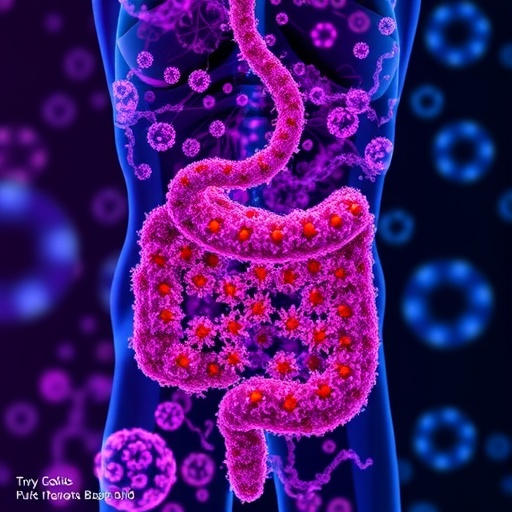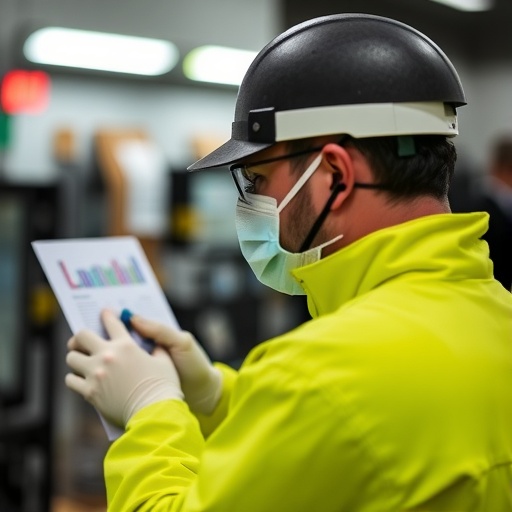Decoding the Dynamics of Pulmonary Surfactant: How Deep Breaths Reshape Lung Mechanics
For premature infants born before the 28th week of gestation, respiratory distress syndrome represents a critical and often fatal challenge. The underlying culprit resides in underdeveloped lungs that fail to produce sufficient pulmonary surfactant—a complex mixture of lipids and proteins that reduces surface tension within the alveoli. Without this natural detergent-like fluid, parts of the lung collapse, severely hampering oxygen exchange. Historically, this condition carried bleak prognoses until pioneering work in the late 20th century introduced surfactant replacement therapies derived from animal sources. Decades of clinical success in neonatology stemmed from this breakthrough. Yet, intriguingly, applying surfactant treatments to adult patients suffering from acute respiratory distress syndrome (ARDS), such as many during the COVID-19 pandemic, failed to replicate neonatal outcomes. This discrepancy suggests that the mechanics governing lung surfactant function are far more intricate than previously imagined, extending beyond simple surface tension reduction.
Emerging research led by Jan Vermant, Professor of Soft Materials at ETH Zurich, sheds new light on the complex biomechanical behavior of pulmonary surfactant films under dynamic respiratory conditions. Collaborating with international scientists, Vermant’s team employed cutting-edge experimental tools to simulate the cyclic stretching and recompression that lung surfaces endure during the breathing cycle. These quantitative measurements move beyond static descriptions to capture how surfactant interfaces transform under mechanical stress that mimics both normal and deep breaths. Their findings, recently published in Science Advances, reveal that the physical properties of surfactant films are actively modulated by breathing patterns, challenging established paradigms and opening avenues for innovative therapeutic strategies.
At the core of their work lies surface stress—a mechanical factor intimately linked to lung compliance, the measure of ease with which lungs expand and recoil. The research demonstrates that after deep inspirations, surface stress of the surfactant film decreases conspicuously, facilitating enhanced lung deformability. This biophysical insight provides a plausible explanation for an age-old physiological mystery: why deep sighs and breaths often induce a palpable sensation of chest relief. In essence, these breaths do not simply bring more air into the lungs but fundamentally reset the structural organization of the surfactant layers, optimizing their mechanical function.
Contrary to earlier assumptions treating pulmonary surfactant as a monolayer, detailed experimentation revealed the existence of a multilayered architecture within the film lining the alveoli. At the interface with the airspace exists a relatively rigid, saturated lipid-rich layer with mechanical stiffness, while underlying strata consist of softer, more fluid phases. This stratification is inherently dynamic, continuously disrupted by mechanical forces and gradually restored during intervals of shallow breathing. The researchers cleverly simulated these oscillations and tracked the evolution of surfactant layer composition over time, unveiling a delicate equilibrium poised between structure and function.
Deep breathing acts as a mechanical “reset” button, driving rearrangements within the surfactant film that enrich the outermost layer with saturated lipids, yielding a more densely packed interface. This state, although mechanically favorable, exists far from thermodynamic equilibrium and must be sustained through ongoing mechanical work—namely, the act of sighing or taking slow, deep breaths. This finding reshapes our understanding of the interplay between physical forces and biochemical composition, underscoring how physiological function is maintained by dynamic, nonequilibrium states rather than static material properties.
Clinically, these observations resonate with longstanding pulmonary care insights. It is well-documented that constant shallow breathing correlates with a steady decline in lung compliance, exacerbating respiratory difficulty in diseases and intensive care settings. The laboratory data mirror these clinical patterns, affirming that reduced mechanical perturbation correlates with surfactant layer disorganization and impaired lung mechanics. This convergence of empirical and clinical evidence compellingly validates the experimental model as a faithful representation of in vivo lung surfactant dynamics.
The translational implications of this research are profound. Recognizing the essential role of multilayered surfactant structures maintained by mechanical stimuli suggests novel therapeutic paradigms for adult lung injury. Rather than merely replenishing surfactant, future interventions might focus on components or formulations capable of reconstructing and sustaining these complex layered architectures. Vermant highlights nascent therapeutic strategies, including engineering surfactant-based foams, which hold promise in restoring lung compliance in ARDS patients by mimicking the mechanical and compositional heterogeneity observed in healthy pulmonary surfactant films.
Fundamentally, this multidisciplinary investigation bridges soft materials science, pulmonary physiology, and clinical medicine to elucidate a critical aspect of respiratory mechanics long shrouded in mystery. It reframes our understanding of sighing from a seemingly trivial reflex to a vital biomechanical process essential for maintaining lung health. By dissecting how mechanical forces sculpt surfactant structure and function, the study lays groundwork for pioneering treatments that could transform care for millions suffering from chronic and acute lung diseases globally.
As science continues to decode the biophysical intricacies of the lungs’ delicate interface with the atmosphere, such insights promise to inspire breakthroughs not only in pulmonary medicine but also in materials science, bioengineering, and beyond. The lungs, a marvel of evolutionary adaptation, depend on finely tuned mechanical-biochemical feedback loops, and it is only through cross-disciplinary research that we begin to fully grasp these subtle mechanisms. This study stands as a testament to the power of integrating experimental innovation with clinical relevance to unravel one of the most fundamental challenges in human health.
Subject of Research: Pulmonary surfactant mechanics and lung compliance dynamics
Article Title: How sighing regulates pulmonary surfactant structure and its role in breathing mechanics
News Publication Date: 24-Sep-2025
Web References:
https://www.science.org/doi/10.1126/sciadv.adx6034
References:
Novaes-Silva MC, Rodríguez-Hakim M, Thompson BR, Wagner NJ, Hermans E, Dupont LJ, Vermant J. How sighing regulates pulmonary surfactant structure and its role in breathing mechanics. Sci. Adv. (2025). DOI: 10.1126/sciadv.adx6034
Keywords: Pulmonary surfactant, respiratory distress syndrome, lung compliance, surface tension, alveoli, mechanical stress, deep breath, multilayered surfactant, acute respiratory distress syndrome, lung mechanics, soft materials, sighing
Tags: acute respiratory distress syndrome researchbiomechanical behavior of surfactant filmsCOVID-19 lung treatment challengesdeep breathing benefitsdynamics of lung surfactantlung mechanics and healthneonatal respiratory therapiespulmonary surfactant functionrespiratory distress syndrome treatmentsignificance of deep sighs for healthsoft materials in respiratory sciencesurfactant replacement therapy





